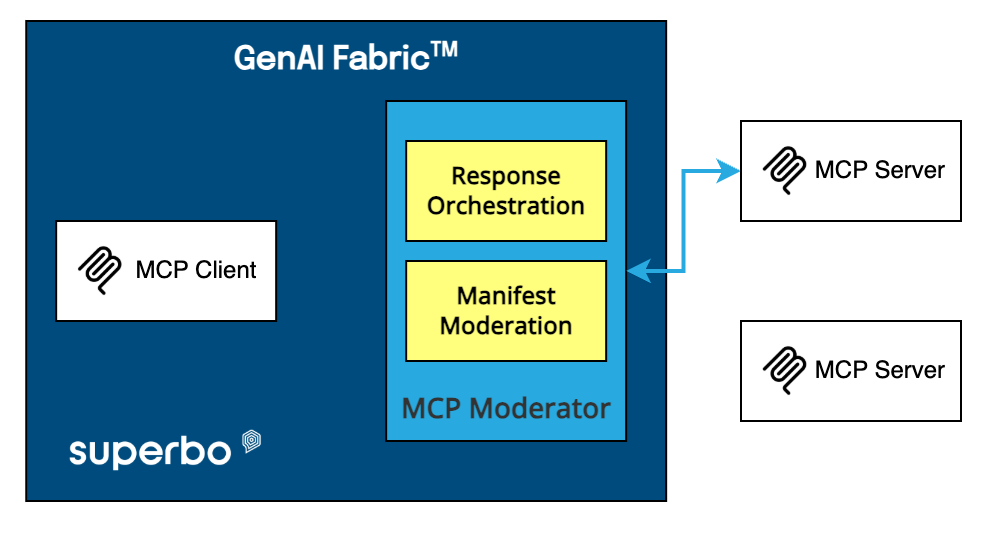AI agents are transforming from isolated bots into collaborative, autonomous digital workers. But what happens when these agents can discover, communicate, and work with each other across systems, companies, and domains? That’s the vision of the Internet of Agents (IoA) — a networked ecosystem where AI agents interact like web services, creating new possibilities for business collaboration and intelligence. This change is as profound as the move from desktop apps to the web. It demands new mindsets around modularity, openness, and cooperation.
What is the Internet of Agents?
The Internet of Agents is a proposed architecture that enables autonomous AI agents to discover and coordinate with each other using open protocols and shared goals. Just as the Internet connects computers, IoA connects intelligent agents built on different platforms. These agents can represent departments, organizations, or even entire business functions.
This marks a shift away from building isolated AI agents toward building agents as network-aware services. It also prevents vendor lock-in. Each agent is a node in a global web of intelligence, capable of:
In other words, the Internet of Agents makes agent-to-agent (A2A) collaboration first-class, replacing tightly coupled integration with open, interoperable networks.
Why It Matters: Scalability, Decentralization, Interoperability
The IoA addresses critical challenges in scaling AI systems:
Scalability
Agents can dynamically delegate tasks to other agents across the network, allowing workflows to scale without central orchestration.
Decentralization
Each agent operates autonomously. No single provider owns the network — just like the early Internet.
Interoperability
Common communication standards and agent registries allow cross-platform collaboration between agents built by different vendors.
This opens the door to modular AI systems, where businesses contribute agents to a shared ecosystem instead of building siloed monoliths.
Core Components of an IoA Architecture
To work, the Internet of Agents relies on a few key building blocks:
Agent Communication Protocols
Like TCP/IP for AI, these define how agents send requests, share results, and negotiate tasks. Standardization is key.
Agent Registries
A directory of discoverable agents with metadata describing their capabilities, endpoints, and trust scores.
Shared Context and Workflow Coordination
Agents need mechanisms to share task status, track roles, and form temporary teams.
Security and Trust
Authentication, encryption, and reputation systems ensure safe agent-to-agent interactions — especially across enterprises.
Underlying Infrastructure
High-performance networking, storage, and compute layers enable agents to interact in real time.
Two Practical Examples
Cross-Company Customer Support
Imagine contacting your bank’s AI agent about a payment issue. It automatically contacts the retailer’s agent, fetches shipping data from a logistics agent, and returns a unified response — all without human handoffs.
Supply Chain Optimization
An OEM’s planning agent predicts a part shortage. It queries supplier and logistics agents to reroute shipments and inform the factory — adjusting operations in real time.
In both cases, autonomous agents collaborate across company lines using shared protocols and trust policies.
A New Paradigm in AI Development
The IoA shifts AI from standalone apps to network-aware entities. Developers move from building single-use bots to designing agents as services that can:
This change is as profound as the move from desktop apps to the web. It demands new mindsets around modularity, openness, and cooperation.
The Road Ahead
The IoA is still emerging, but real traction is happening:
Conclusion
The Internet of Agents is not just a technical architecture — it’s a strategic shift in how AI systems interact. Businesses that embrace this model will unlock new efficiencies, new partnerships, and new forms of intelligent automation.
By designing agents that can operate as part of an open, decentralized, and trusted AI ecosystem, enterprises can position themselves at the forefront of the next generation of AI innovation.







